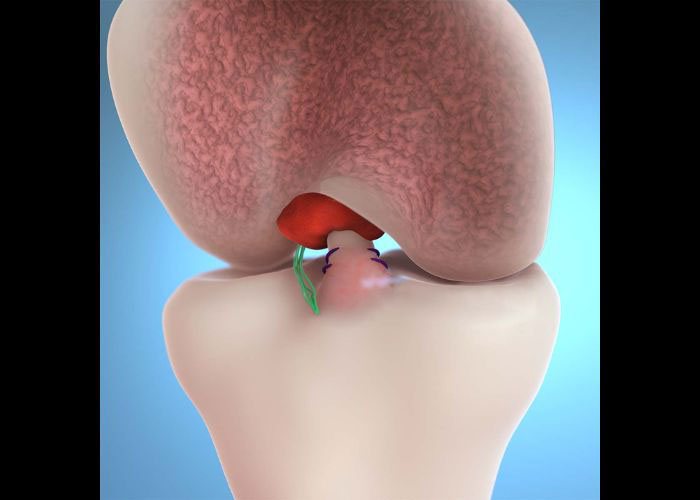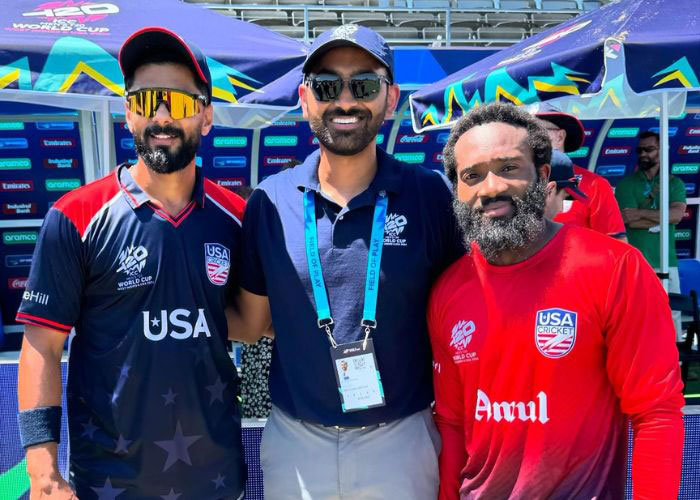What is elbow instability?
The humerus (upper arm bone), ulna (pinky side forearm bone), and radius (thumb side forearm bone) are the three bones that make up the elbow. These bones are held together by ligaments found on the inner and outer portions of the elbow joint. The elbow muscles together with the medial (inner) ulnar collateral ligament (UCL) and lateral (outside) ulnar collateral ligament (LUCL) help to stabilize the elbow joint. Damage to either the medial UCL or LUCL, from an injury or traumatic event, weakens its ability to stabilize the joint and can lead to an elbow dislocation. In the event of an elbow dislocation, the already weakened ligament can sustain additional damage therefore substantially impacting elbow joint stability. This lack of joint stability is known as chronic elbow instability and can result in repetitive elbow joint dislocations. Dr. Ronak Mukesh Patel, orthopedic elbow specialist serving patients in Sugar Land, Pearland, and the Houston, Texas area, has the knowledge and understanding, as well as substantial experience, in treating patients who have experienced elbow instability.

What are the different types of elbow instability?
- Valgus: Valgus instability is generally caused by repetitive overhead motions seen in sports such as baseball, volleyball, and tennis. The repeated stress from these motions damages the medial UCL resulting in elbow instability.
- Varus Posteromedial: This form of rotatory instability most often occurs from a traumatic event such as a motor vehicle collision or a fall. Varus posteromedial instability involves a fractured coronoid process, a bony prominence on the ulna, and a damaged lateral ulnar collateral ligament (LUCL).
- Posterolateral: This is another form of rotatory instability and is usually the result of a traumatic event, but an anatomical elbow deformity or a previously unsuccessful elbow surgery can also cause this type of elbow instability. Posterolateral instability is the most common form of elbow instability that involves damage to the lateral ulnar collateral ligament (LUCL).
What are the symptoms of elbow instability?
The most frequently reported symptom of elbow instability is the feeling like the elbow might pop out of place. Individuals also complain of a “locking” or “catching” sensation or even an audible “clicking” noise with elbow movement. Participants in sports such as volleyball, tennis, and baseball that involve repetitive overhead motions may complain of increased elbow pain with throwing as well as loss of ball control and reducing throwing velocity.
How is elbow instability diagnosed?
Dr. Patel may be able to easily confirm elbow instability after obtaining a comprehensive medical history and performing a thorough physical examination. Along with the current symptoms, Dr. Patel will evaluate the affected elbow for areas of tenderness and palpate for a deformity. Diagnostic imaging studies may also be requested. X-rays can assess the structure and alignment of the elbow joint bones. Although not necessary, magnetic resonance imaging (MRI) can better identify damage to the elbow ligaments and surrounding soft tissue structures.
What is the treatment for elbow instability?
If elbow instability is suspected, it is highly encouraged to consult an orthopedic specialist with experience in diagnosing and treating each form of elbow instability. The majority of patients with valgus instability are able to effectively manage symptoms with conservative therapies alone. Some patients with persistent symptoms or severe injury may require surgery.
Non-surgical treatment:
Initial treatment options for elbow instability include limiting or avoiding activities that worsen symptoms. An elbow brace may be applied to immobilize the joint and prevent further damage to the ligaments. Rest, ice, and non-steroidal anti-inflammatory medications (NSAIDs) can alleviate any pain or swelling associated with elbow instability. When appropriate, participation in an individualized physical therapy program can restore function and stability back to the elbow joint.
Surgical treatment:
Surgical intervention becomes necessary for patients with chronic elbow instability which continually results in recurrent dislocations or when non-surgical management fails. Dr. Patel will review the patient’s age, medical history, activity level, and desired recovery goals to determine the appropriate surgical method.
- Ligament Repair: Mild ligament injuries can be reattached to the correct anatomical position using sutures or special surgical anchors.
- Ligament Reconstruction: A tendon graft, harvested from either the patient (autograft) or donor (allograft), may be implemented to reconstruct the damaged ligament.
- Fracture Repair: When a bone fracture accompanies elbow instability, the bony fragments are realigned into the correct anatomical arrangement and then fastened with special surgical screws.
Elbow Instability Specialist

Have you had a traumatic injury of the elbow and are experiencing frequent elbow dislocations? If so, you may have a condition called elbow instability. Elbow instability can be corrected either through conservative therapies or by surgery. Elbow instability specialist, Doctor Ronak Mukesh Patel, provides diagnosis as well as surgical and nonsurgical treatment options for patients in Houston, Sugar Land, and Pearland, TX who are experiencing the symptoms of elbow instability. Contact Dr. Patel’s team today!








